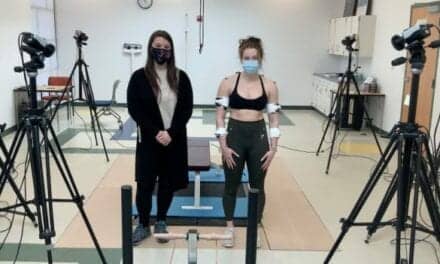Most people who have been diagnosed with fibromyalgia by physicians may not actually have the condition, recent studies suggest.
Overall agreement between clinicians’ diagnosis of fibromyalgia and diagnosis by published criteria is only fair, according to a study published recently in Arthritis Care & Research.
In the study, 497 patients visiting a rheumatology clinic completed a health assessment questionnaire as well as a questionnaire that assessed fibromyalgia diagnostic variables used by the American College of Rheumatology. Patients were also evaluated and diagnosed by rheumatology clinicians.
Of the 497 patients, 121 (24.3%) satisfied fibromyalgia criteria while 104 (20.9%) received a clinician’s diagnosis of fibromyalgia. The agreement between clinicians and criteria was 79.2%; however, agreement beyond chance was only fair. Physicians failed to identify 60 (49.6%) of criteria-positive patients and incorrectly identified 43 (11.4%) of criteria-negative patients, explains a media release from Wiley.
“We have recently studied the same issue in 3,000 primary care patients and found about the same results. Therefore, our conclusions are secure,” says lead author Dr Frederick Wolfe, of the National Data Bank for Rheumatic Diseases.
In an accompanying editorial, Dr Don Goldenberg of Oregon Health & Science University notes that to conclude that expert physicians often misdiagnose fibromyalgia implies that published criteria are superior to expert clinical judgment for the diagnosis of individual patients.
He stresses that this fails to account for many of the variables present in clinical encounters, including time spent in evaluating and categorizing each patient’s multiple symptoms.
“The diagnostic gold standard for fibromyalgia will continue to be the rheumatologist’s expert opinion, not classification criteria, no matter how well-refined and intentioned,” he writes. “This is the only way to capture the variability and severity of inter-related symptoms as they play out over time.”
[Source(s); Wiley, Science Daily]





